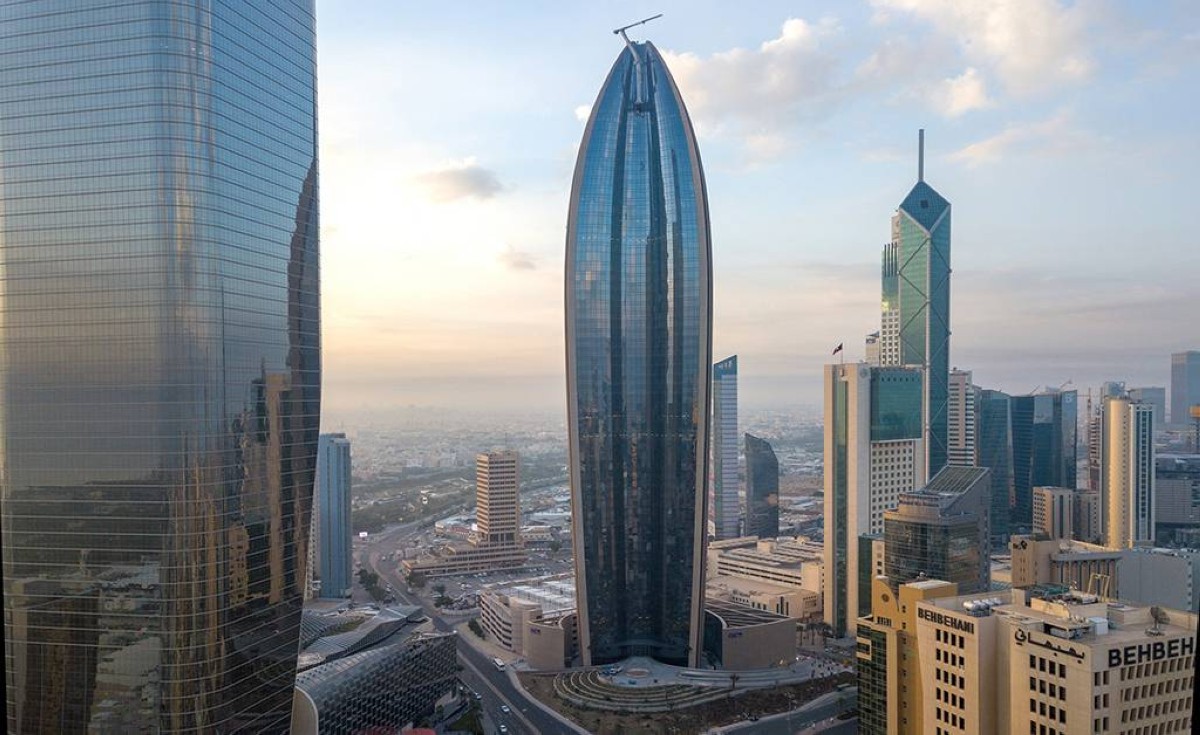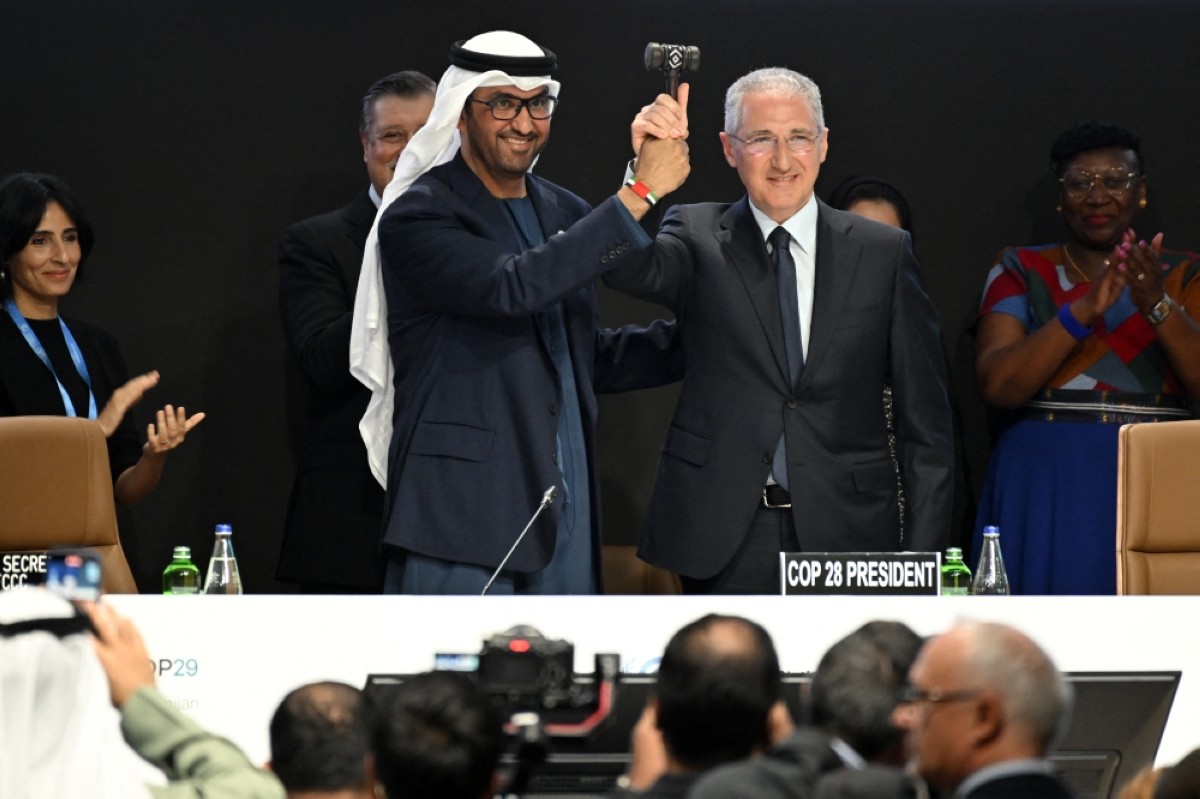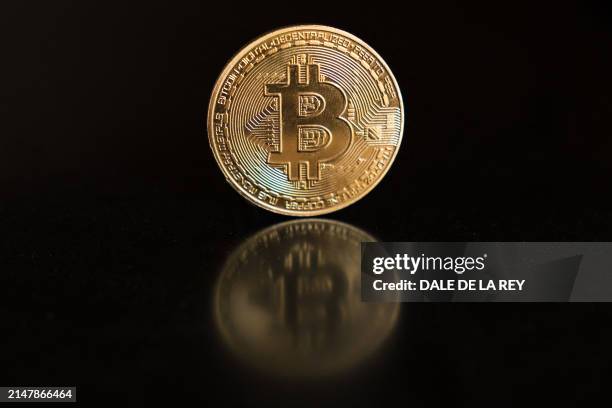UAE’s non-oil growth to remain solid in 2024; inflation softens
KUWAIT: After surging in 2022, UAE’s economic growth is set to soften over 2023-24 on lower oil production, normalizing non-oil growth, tighter financial conditions, and a slowing global economy.

However, non-oil growth should remain solid on steady implementation of the government’s pro-growth agenda and investments under net zero emissions goals.
As COP 28 approaches in late 2023, the government updated its pledge to cut UAE carbon emissions by 40 percent in 2030 (up from 31 percent) while state energy firm ADNOC brought forward its net-zero target by five years to 2045, unlocking more opportunities for the private sector and enabling the non-oil sector to drive sustainable growth over the long term.
Near term, oil sector output could fall this year by 1.7 percent following May’s voluntary output cuts. But the reversal of OPEC+ cuts in early 2024 and the scheduled quota upward revision by 200k b/d in 2024 to 3.2 mb/d could result in 2.5 percent growth in 2024. Plans to raise oil production capacity to 5 million b/d by 2027 (currently at 4.65 mb/d) would support medium-to-long-term growth, even amid the sped-up green objectives.
The non-oil sector saw vibrant growth in H1 2023 of 9.2 percent y/y and 3.2 percent in Abu Dhabi and Dubai respectively, with retail trade, hospitality, and finance the main drivers. Non-oil growth in H2 2023 may have softened as the effects of high interest rates take hold, though still supported by the post-pandemic recovery in tourism (Jan-Aug 2023: 22 percent y/y) and strong PMI readings – which at 56.4 on average in July-October remained firmly in expansion territory and above historical norms.
After a stellar H1, non-oil growth for 2023 could reach 5.2 percent with further easing in 2024 on elevated funding costs, moderate credit expansion, softer real estate activity and slowing global growth. However, a still-strong outlook is underpinned by high oil prices, resilient activity in the Gulf region and government efforts to achieve vision goals (UAE 2031, D33, and Abu Dhabi 2030), which will sustain reform momentum and strengthen economic fundamentals over the medium term.
Softening inflation
Inflation could slow to 3.2 percent on average in 2023 after reaching its highest level since 2008 at 4.8 percent in 2022 due to spiking fuel and recreation prices (liberalized pricing makes UAE inflation more sensitive to global energy prices than other Gulf economies). Next year, we see inflation easing to 2.8 percent as non-oil growth slows and food prices soften, offsetting a limited rise in fuel prices. Housing services(35 percent of the CPI basket), mostly rents, have also put upward pressure on inflation this year (+6.1 percent y/y in September in Dubai), but there are signs that the rental market is cooling after a very strong run.
Dubai’s two-year residential property sales boom also appears to be slowing (sales +15 percent y/y in October versus 65 percent in December 2022), affected by high valuations, rising interest rates and seemingly less intense overseas buying versus last year. Our base case is for market activity to soften further in 2024 and for the boom to draw to a close. However, with recent market buoyancy not driven by excessive borrowing and the non-oil economy expected to expand strongly next year, the systemic consequences of a faded property boom should be limited.
Fiscal surpluses in 2023-24
The fiscal position achieved a surplus of 4.8 percent GDP in H1 2023 (13.4 percent in H1 2022) on lower revenues (-19.2 percent y/y) due to declining oil prices and a faster rise in spending (+8.3 percent versus +3.0 percent). Higher spending came on nearly doubling social welfare and low-income households’ subsidies, including food and energy inflation assistance. For 2023 as a whole, we expect a slightly larger surplus of 5.1 percent of GDP, as higher oil prices in H2 and the phased introduction of the 9 percent Corporate Income Tax from mid-2023 boost revenues, while expenditures could see a mild seasonal slowdown (+6.4 percent).
The expansionary stance should continue next year with Federal and Dubai 2024 budget spending allocations up by 2 percent (to $17bn) and 17 percent (to $22bn), respectively, with higher capital provisions to support non-oil growth. We expect another 6 percent rise in consolidated expenditures in 2024 and a smaller pick up in revenues, resulting in a surplus of 4.4 percent of GDP. ADIA & Mubadala assets estimated at $1.1 trillion, according to SWF institute, complemented by large external surpluses and declining public debt during the forecast period (estimated at 29.4 percent of GDP in 2023 by the IMF),provide additional support for the country’s strong credit ratings (S&P: AA; Moody’s: Aa2).
We see a positive overall economic outlook for the UAE amid an increasingly competitive regional climate. Key downside risks however include lower oil prices, a slowdown in global growth that affects UAE trade and inward investment, a sharper-than-expected correction in the real estate market and rising geopolitical tensions in the region that affect investor sentiment, hindering the country’s efforts to attract capital and push ahead with its ambitious development plans. Key upside risks include higher oil prices, rapid increases in oil production and greater-than-expected resilience to a global slowdown.











